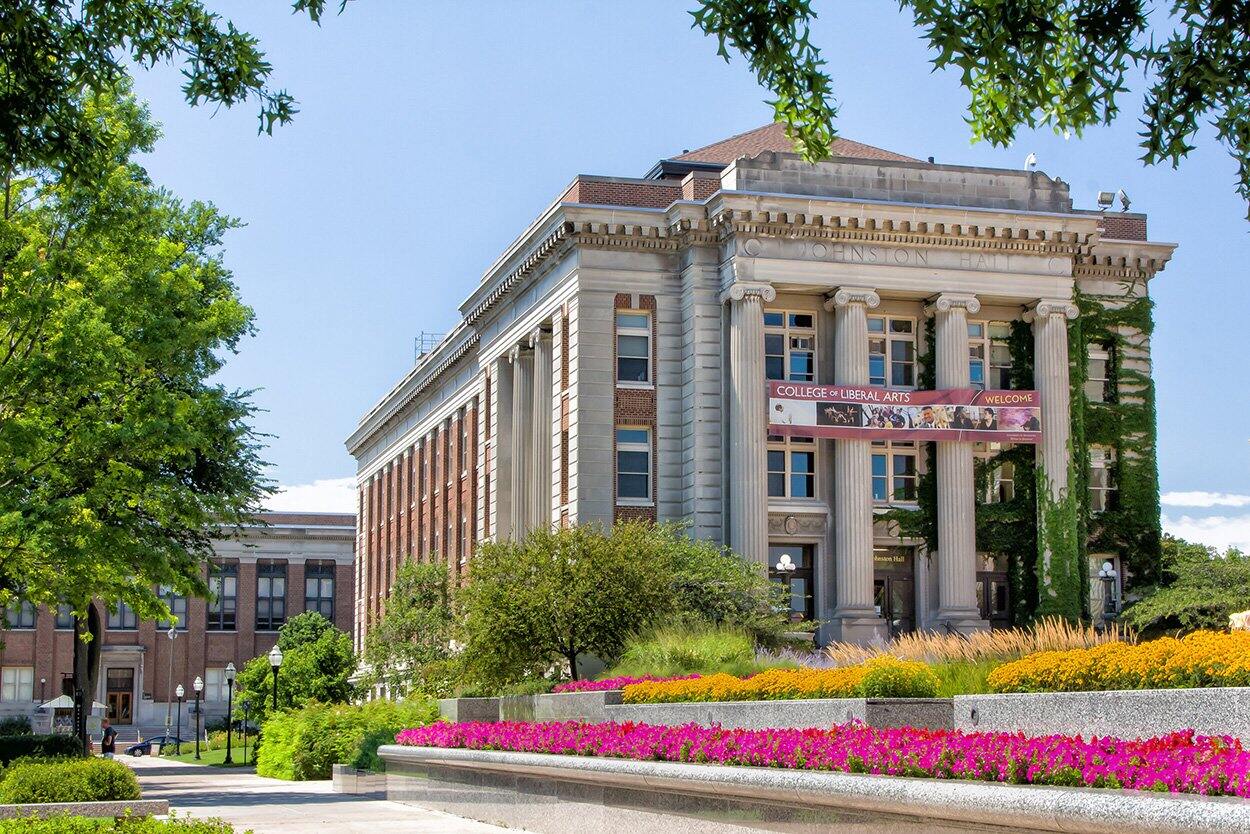
The University of Minnesota, Twin Cities is a powerhouse of education, research, and culture. Nestled in the vibrant cities of Minneapolis and St. Paul, this university has a rich history dating back to 1851. With a sprawling campus that spans both urban and natural landscapes, it offers students a unique blend of academic rigor and extracurricular excitement. From its top-ranked programs in engineering and business to its cutting-edge research in health sciences, the University of Minnesota stands out as a leader in higher education. Whether you're interested in sports, arts, or groundbreaking research, this university has something for everyone. Ready to learn more? Let's dive into 25 fascinating facts about this iconic institution!
History and Founding
The University of Minnesota, Twin Cities, has a rich history that dates back to the 19th century. Here are some intriguing facts about its origins and development.
- Established in 1851, the University of Minnesota predates Minnesota's statehood by seven years.
- Originally, the university closed during the Civil War due to financial difficulties but reopened in 1867.
- The Morrill Act of 1862, which provided federal land to states to fund higher education, helped the university reopen and expand.
- The first building on campus, Old Main, was completed in 1858 but was destroyed by fire in 1904.
Campus and Architecture
The Twin Cities campus is known for its beautiful and diverse architecture. Let's explore some of the notable structures and spaces.
- The campus spans over 1,150 acres, making it one of the largest urban campuses in the United States.
- Northrop Auditorium, built in 1929, is a central landmark and hosts numerous cultural and academic events.
- The Weisman Art Museum, designed by renowned architect Frank Gehry, opened in 1993 and is known for its unique stainless steel exterior.
- Coffman Memorial Union, the student union building, was named after Lotus D. Coffman, the university's fifth president.
Academics and Research
The University of Minnesota is a powerhouse of academic excellence and research innovation. Here are some key facts about its academic contributions.
- The university offers over 150 undergraduate majors and more than 200 graduate and professional programs.
- It is classified as a "R1: Doctoral University – Very high research activity" by the Carnegie Classification of Institutions of Higher Education.
- The university's faculty includes 29 Nobel Prize winners, showcasing its commitment to groundbreaking research.
- The Minnesota Supercomputing Institute provides advanced computing resources to researchers across various disciplines.
Student Life and Activities
Life at the University of Minnesota is vibrant and full of opportunities for students to engage and grow. Here are some aspects of student life.
- The university has over 900 student organizations, catering to a wide range of interests and activities.
- The Minnesota Daily, the student-run newspaper, has been in publication since 1900 and is one of the largest college newspapers in the U.S.
- Goldy Gopher, the university's mascot, has been entertaining students and fans since the 1950s.
- The university's marching band, founded in 1892, is one of the oldest in the country and performs at various events, including football games.
Athletics and Achievements
Athletics play a significant role at the University of Minnesota, with a proud history of achievements and sportsmanship.
- The university's athletic teams are known as the Minnesota Golden Gophers and compete in the Big Ten Conference.
- The Golden Gophers have won 26 national championships in various sports, including football, hockey, and wrestling.
- TCF Bank Stadium, the home of the Golden Gophers football team, opened in 2009 and has a seating capacity of over 50,000.
- The university's women's ice hockey team has won seven national championships, making it one of the most successful programs in the country.
Notable Alumni
The University of Minnesota has produced many influential and successful alumni who have made significant contributions in various fields.
- Hubert H. Humphrey, the 38th Vice President of the United States, graduated from the university in 1939.
- Bob Dylan, the legendary musician and Nobel Prize laureate, attended the university in the early 1960s.
- Norman Borlaug, known as the "father of the Green Revolution" and a Nobel Peace Prize winner, earned his Ph.D. in plant pathology from the university in 1942.
- Garrison Keillor, the creator and host of the radio show "A Prairie Home Companion," graduated from the university in 1966.
Unique Traditions
The University of Minnesota has a variety of unique traditions that add to its rich campus culture.
- The "Paint the Bridge" tradition allows student groups to paint panels on the Washington Avenue Bridge, creating a colorful and ever-changing display of student creativity.
Final Thoughts on the University of Minnesota, Twin Cities
The University of Minnesota, Twin Cities, stands out for its rich history, diverse programs, and vibrant campus life. From its founding in 1851 to its current status as a leading research institution, the university has consistently pushed boundaries in education and innovation. With over 300 research centers and institutes, students have countless opportunities to engage in groundbreaking work. The campus itself is a blend of historic and modern architecture, offering a unique environment for learning and growth. Whether you're interested in the arts, sciences, or anything in between, the University of Minnesota provides a supportive and dynamic community. It's not just about academics; the university also boasts a strong athletic program, numerous student organizations, and a commitment to sustainability. All these factors make the University of Minnesota, Twin Cities, a compelling choice for prospective students.
Was this page helpful?
Our commitment to delivering trustworthy and engaging content is at the heart of what we do. Each fact on our site is contributed by real users like you, bringing a wealth of diverse insights and information. To ensure the highest standards of accuracy and reliability, our dedicated editors meticulously review each submission. This process guarantees that the facts we share are not only fascinating but also credible. Trust in our commitment to quality and authenticity as you explore and learn with us.


